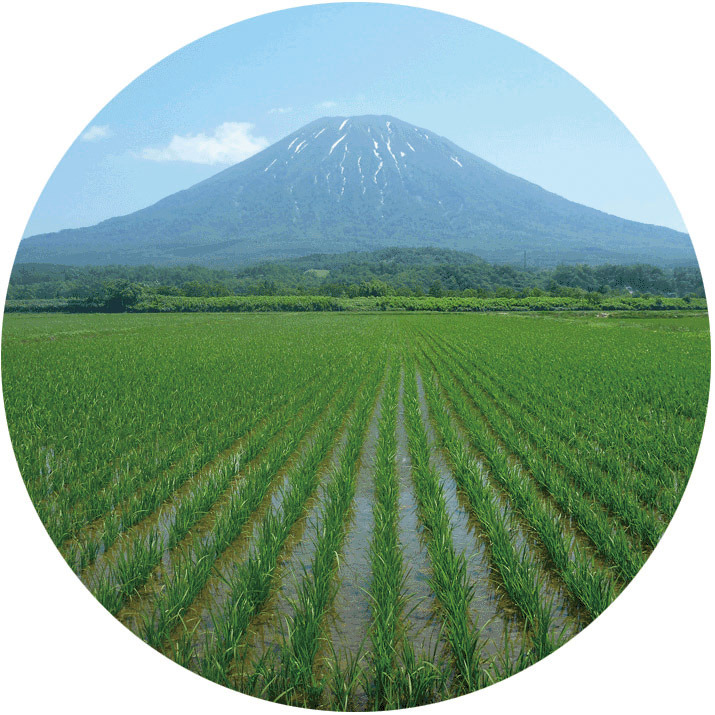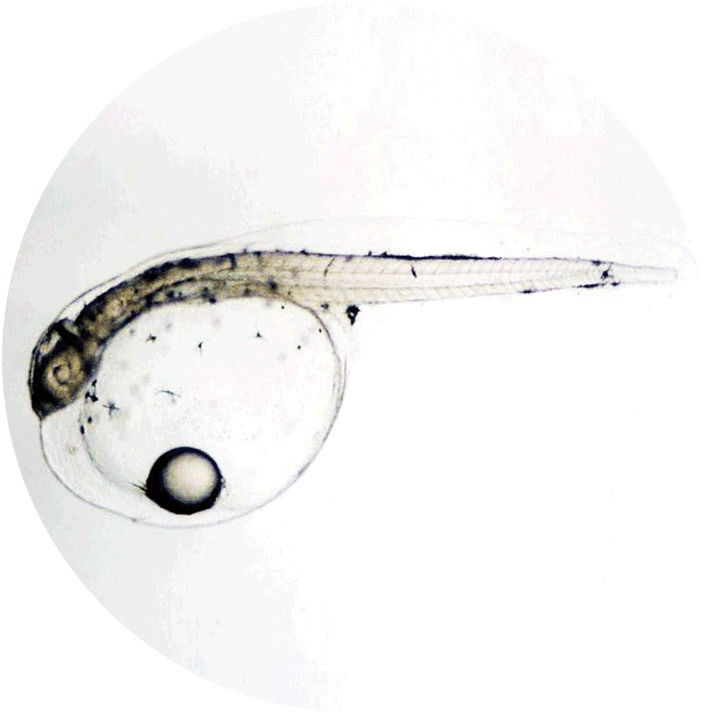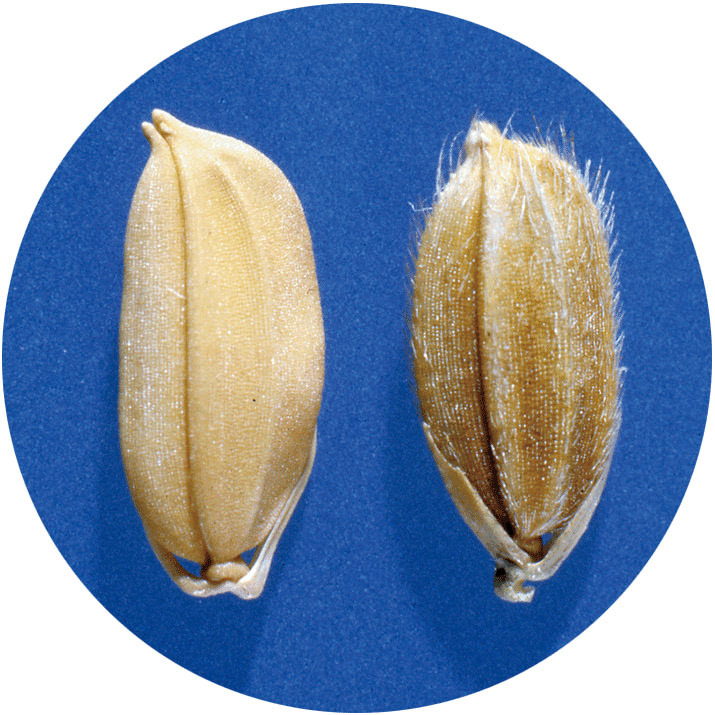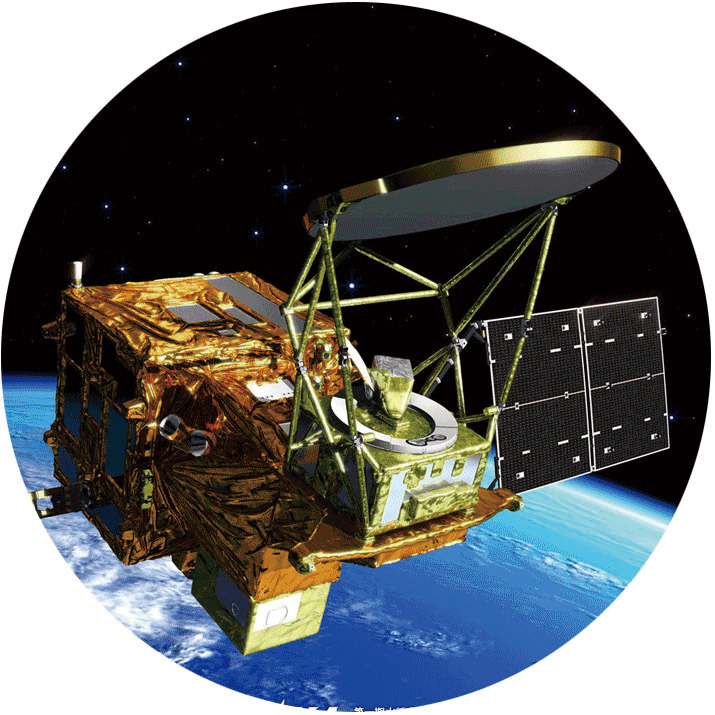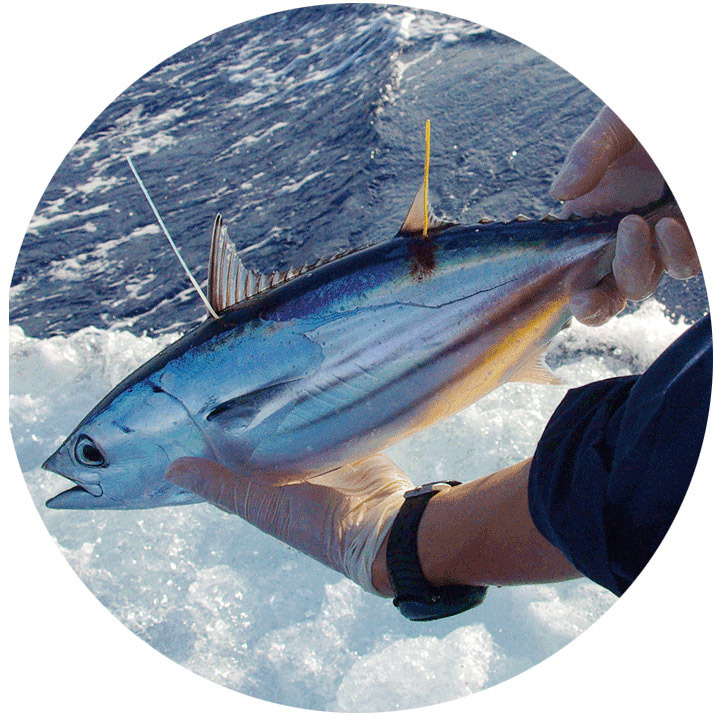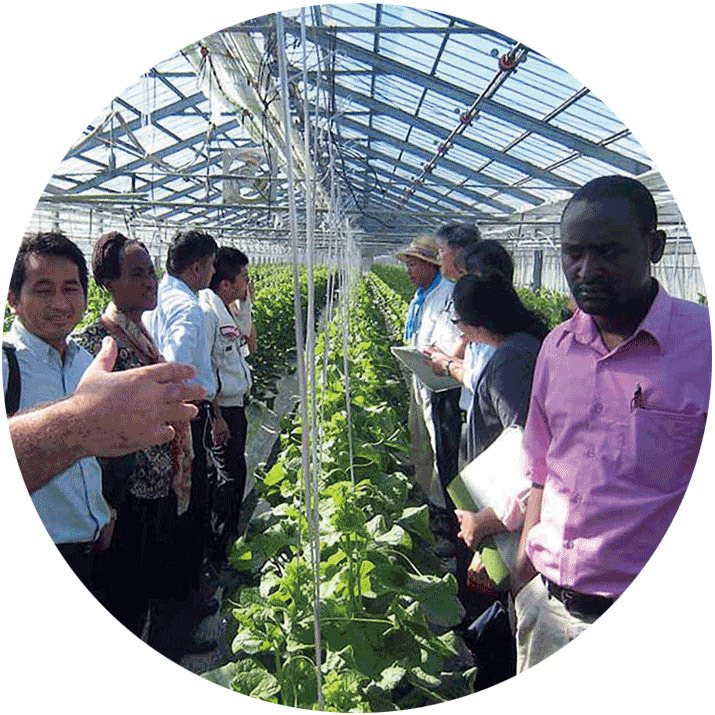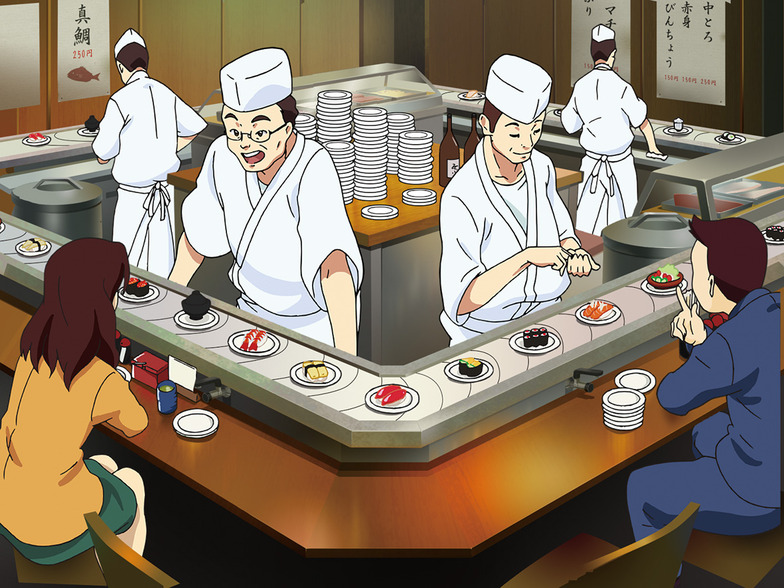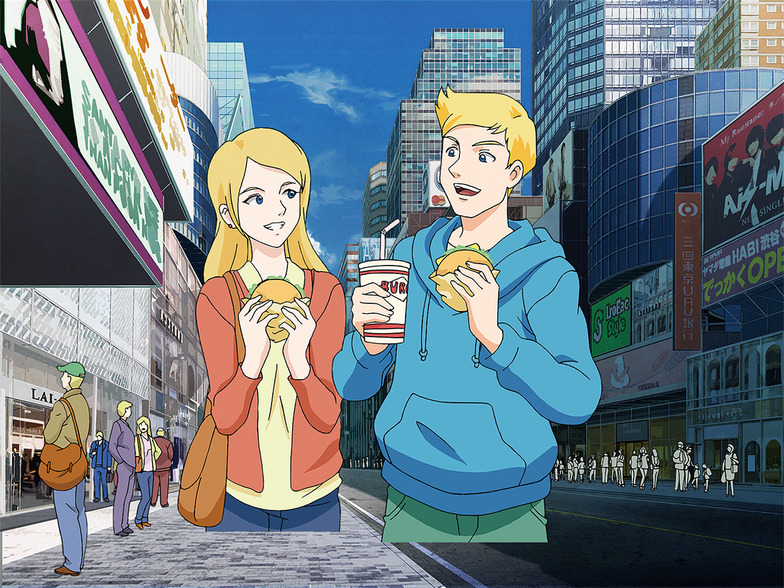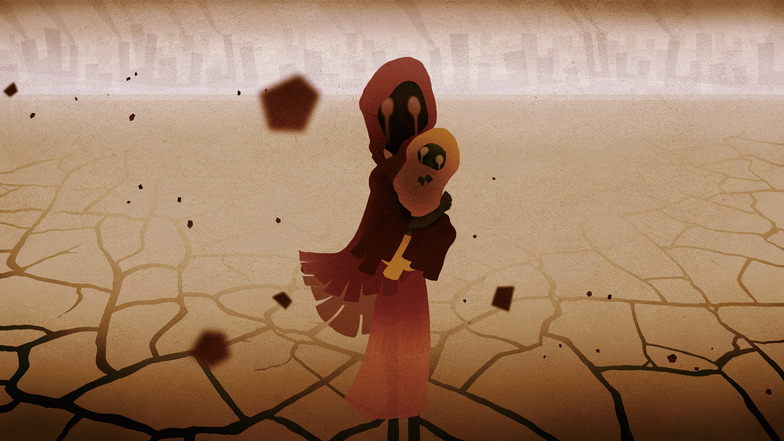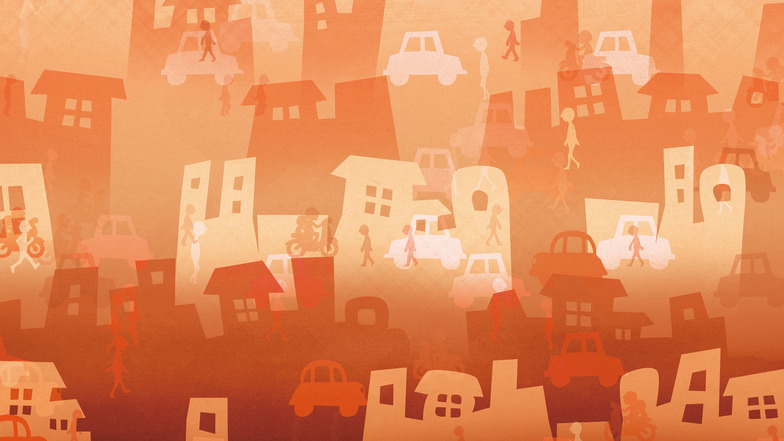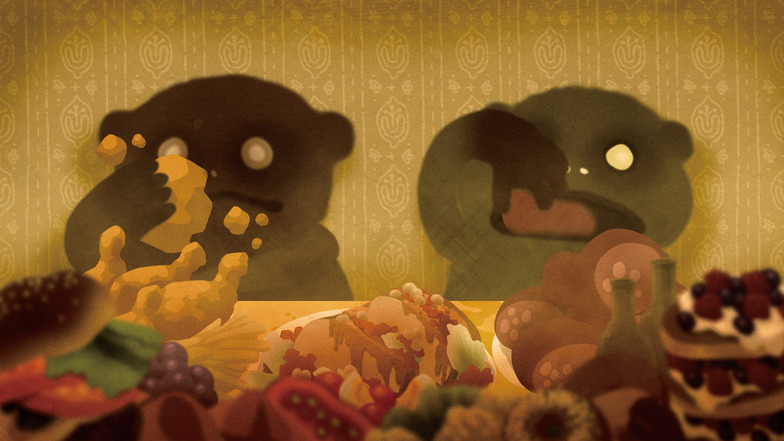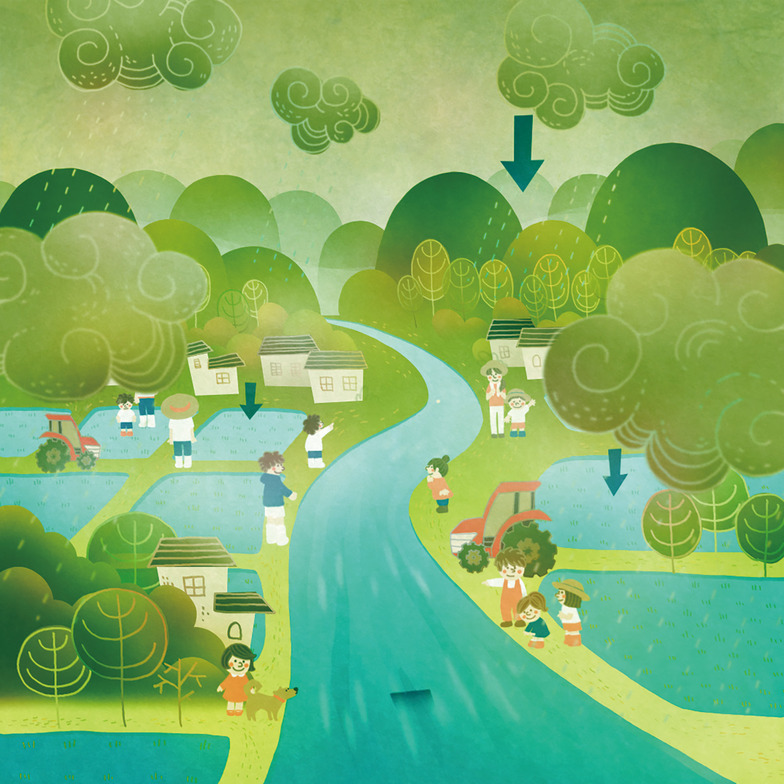At Scene III "Innovation" in the Japan Pavilion at Expo Milano, four "Touchable Earth" installations were displayed. These are digital globes that let you spin the Earth with your own hands, helping you visualize the real planet. The themes of the four globes were: "Population Explosion and Food Crisis," "Food Imbalance," "Climate Change," and "Food Disparity." This zone visualized global food challenges and introduced Japan's solutions to them. This time, I'll convey the overall picture, utilizing video footage as well.
(Video footage provided by: Earth Industry and Culture Research Institute, General Incorporated Foundation / JA Group)
Editing and Composition: Aki Kanahara, Dentsu Inc. Event & Space Design Bureau
Dynamically Visualizing the Earth's Current State
When humanity ventured into space and the first photograph of our borderless, spherical Earth was released, it moved many people. No matter how often we say "We are one planet," without a truly global perspective, it's hard to grasp the reality.
The inspiration for "Touchable Earth" came from its developer, cultural anthropologist Shinichi Takemura, who deeply felt the importance of "visualizing the living Earth."
Takemura is also the creator behind this Scene III. He states: "The global crises in food and agriculture are truly severe. Behind many civil wars worldwide lie years of drought and food shortages." While global warming, water scarcity, and soil degradation threaten food production, the world now faces 800 million undernourished people and 2 billion obese people. The Expo Milano theme, "Feeding the Planet, Energy for Life," is a direct call to tackle both the quantitative challenge of food supply and the qualitative challenge of improving nutritional balance.
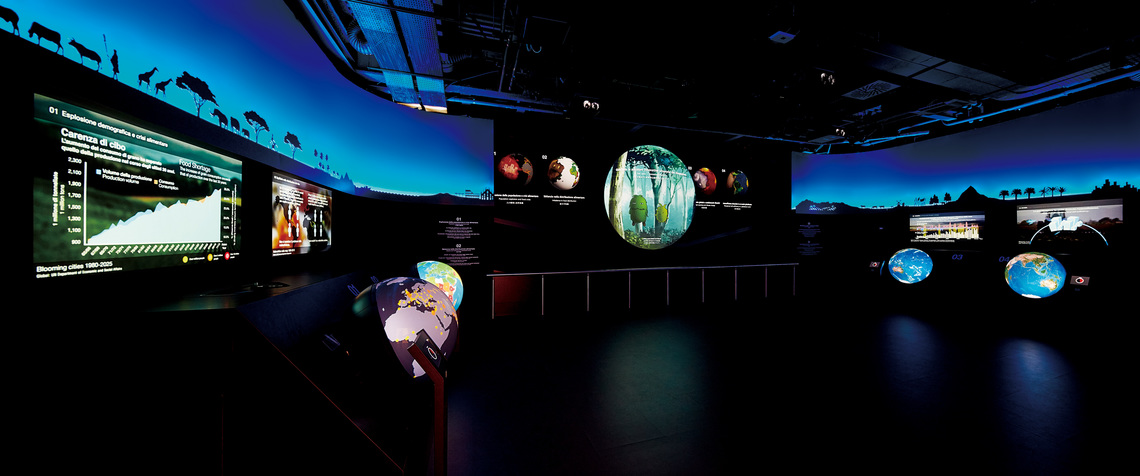
Scene III: "Innovation"
Japan's Creative Solutions Presented at Expo Milano
This year's Japan Pavilion presented four critical global challenges and 16 solutions where Japan can contribute to addressing each.
Global Challenge 01: Population Explosion and Food Crisis
The world's population, approximately 1.7 billion at the beginning of the 20th century, has grown to 7.3 billion in just over 100 years. Half of these people live in cities. To feed the rapidly growing population, food production continues to increase, but it is predicted that it will eventually fail to keep pace with demand.
(From left)
Solution 1: Rice Paddy Fields Supporting Life's Abundance
Solution 2: Soy-Based Diets to Save the World from Food Crisis
Solution 3: Visualizing "Soil Microorganisms" that Regenerate Earth's Soil
Solution 4: "Full-cycle aquaculture" of tuna and eel
Global Challenge 02: Food Imbalance
Food that is abundant yet insufficient. Globally, one-third of all food—approximately 1.3 billion tons annually—is discarded. This quantity could sufficiently feed the 800 million people suffering from hunger. In Japan alone, nearly 20 million tons of food are wasted.
(From left)
Solution 1: Developing Climate-Resilient Varieties—"Rice Genome"
Solution 2: Agricultural Revolution Through Information Technology "Precision Agriculture"
Solution 3: Man-made Nature: "Satoyama and Satoumi"
Solution 4: The Dream Technology "Artificial Photosynthesis"
Global Challenge 03: Climate Change
As global warming intensifies, extreme weather events like floods and droughts occur more frequently worldwide. Meanwhile, crop varieties globally are becoming increasingly uniform, making human agriculture ever more vulnerable to climate change and disease.
(From left)
Solution 1: Contributing to Global Health - "Umami"
Solution 2: Preserving Traditional Foods Through Sustainable Resource Utilization
Solution 3: "Algae" Saves the Planet
Solution 4: Cutting Food Waste with "Advanced Preservation Technology"
Global Challenge 04: Food Inequality
Over 800 million people worldwide still suffer from hunger and malnutrition. Yet, conversely, it is estimated that more than twice that number—2 billion adults—struggle with overnutrition and obesity.
(From left)
Solution 1: Cooperatives Supporting Family Farms and Small-Scale Farmers
Solution 2: Agricultural Support in Asia and Africa
Solution 3: International Cooperation Through "School Meal Support"
Solution 4: "Urban Agriculture" to Enhance Food Security
See Japan's Creative Solutions in Animated Videos
Japan's Creative Solutions
What creative solutions can Japan's "food" and "agriculture" propose for global challenges?
The animated video you see in this exhibition zone serves as an introduction, guiding visitors into this grand theme. The video was created by Ryōji Shimizu, Creative Director at Robot. Regarding the overall aim of the animation expression, Shimizu states: "Animation has become one of the symbols of Japanese culture, and its expressive techniques are diverse.
To emphasize the distinct message of each segment, we employed different animation styles for each part. In this space overlooking the Earth, I hope this animation—an expression transcending borders—will resonate with people worldwide." One highlight is the production that creates a three-dimensional visual synergy between the space surrounded by four "Touchable Earth" installations, the stage at the front, and the images on the screen.
The first half presents the global crisis facing Earth from a macro perspective, while the second half unfolds an emotionally rich story showcasing Japan's solutions to these challenges. This content synthesizes the information Japan should communicate while fully conveying the appeal of Japanese animation through its visual storytelling.
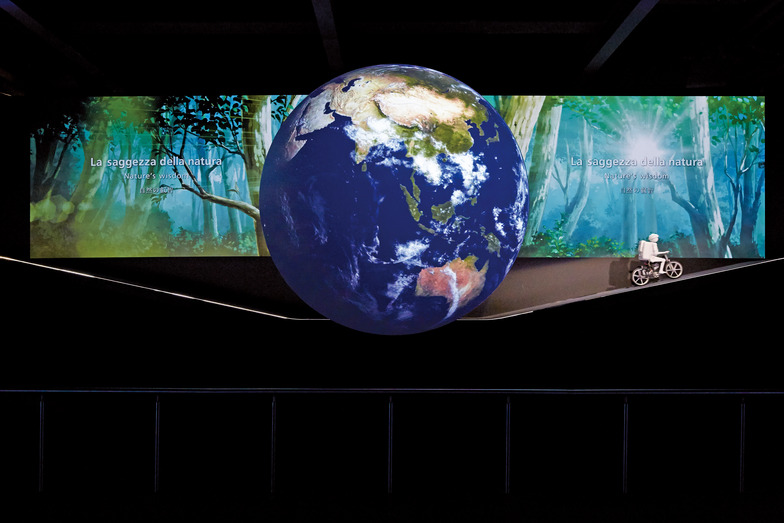
Front Stage
Food Diversity
As an anime originating from Japan, it depicts the "diversity of food" around the world using a "self-animated" style—the most familiar touch in TV programs and such in Europe and America.
Global Crisis
Using an abstract and fantastical "tactile touch," it animates global crises in a way that resonates with people's senses.
Earth History ~ Agricultural Revolution ~
By using animation with a simple, primitive style reminiscent of picture books, we aim to make the billions of years of Earth's and humanity's history feel like familiar events.
Solutions for the Future
We visualize creative ideas rooted in Japan's nurtured traditions and new solutions illuminating the future through graphic-style animation.
Next time, we present a roundtable discussion featuring Shinichi Takemura from Kyoto University of Art and Design, Ryoji Shimizu from Robot who handled planning and production, and myself.


